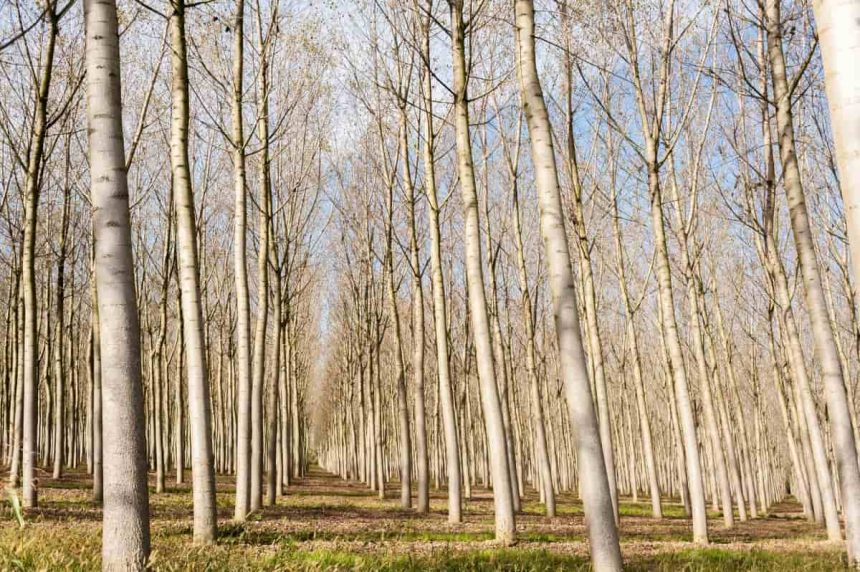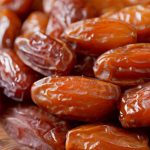Pulwama, Feb 18: Experts have reiterated that pruning one-third of the poplar tree canopy and maintaining a proper male-to-female plant ratio can significantly reduce the production of cotton-like fluff during the spring season.
Chief Scientist and Head of KVK Malangpora, Professor Dr. Javid Ahmad Mughloo, said that poplar trees play a crucial role in Kashmir’s economy, serving as essential materials for construction, fruit packaging, and agroforestry.
Addressing concerns about poplar tree pollen causing allergies, Dr. Mughloo clarified that scientific studies do not support this claim. Instead, he pointed out that other tree species, such as lawn grass, pine, and keekar, are more likely to trigger allergic reactions. However, he cautioned that this does not mean such trees should be indiscriminately removed.
Dr. Mughloo stressed the need for proper management of poplar plantations to minimize the release of cotton fluff, which can act as a carrier for other allergy-causing pollens.
He recommended two key measures: pruning one-third of the tree canopy to control fluff production and balancing the ratio of male and female poplar trees .
“The issue arose because when new poplar species were introduced in Kashmir during the 1980s, only female plants were brought in, leading to excessive fluff production,” Dr. Mughloo explained.
Farmers can easily distinguish between male and female poplar trees by examining their catkins (flower clusters). Female poplars produce greenish catkins and are responsible for fluff production, while male poplars produce pinkish catkins and do not contribute to fluff dispersal.
Dr. Mughloo advised farmers to propagate new poplar trees using branches from male trees to gradually restore the male-to-female balance. “Increasing the plantation of male poplar trees will significantly reduce fluff in the atmosphere,” he added.
He said that poplar trees are widely recommended for agroforestry, as they are typically planted along the boundaries of agricultural land, growing upright with minimal shading effects on crops.
Dr. Mughloo also highlighted that the presence of poplar trees along the boundary of an apple orchard can enhance fruit setting and pollination by up to 30%.
Beyond economic benefits, poplar trees play a significant role in combating climate change due to their high carbon sequestration capacity, making them a valuable asset for environmental sustainability.








